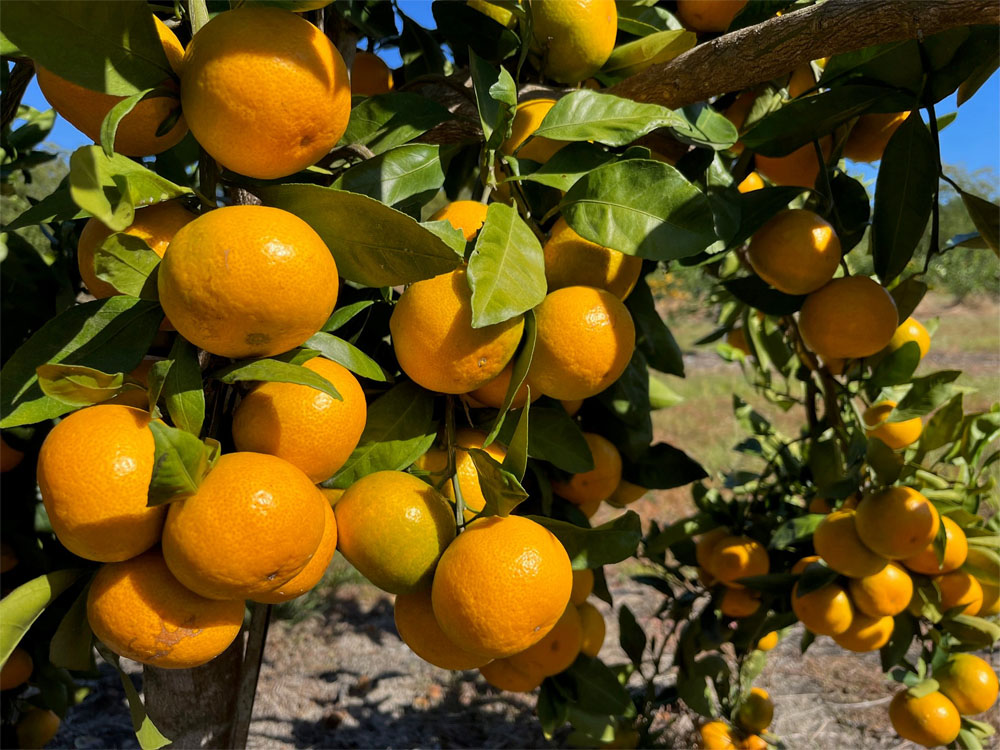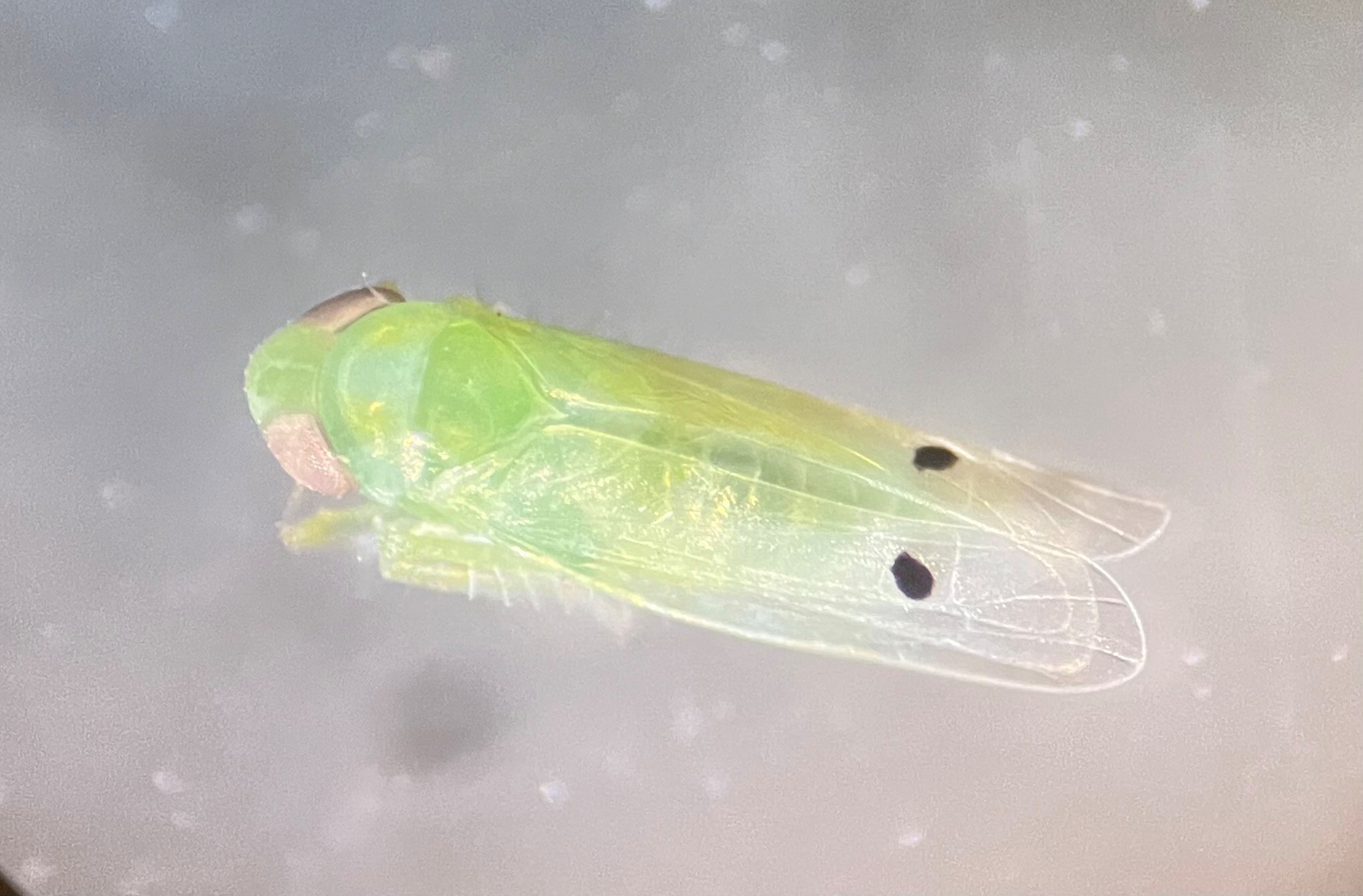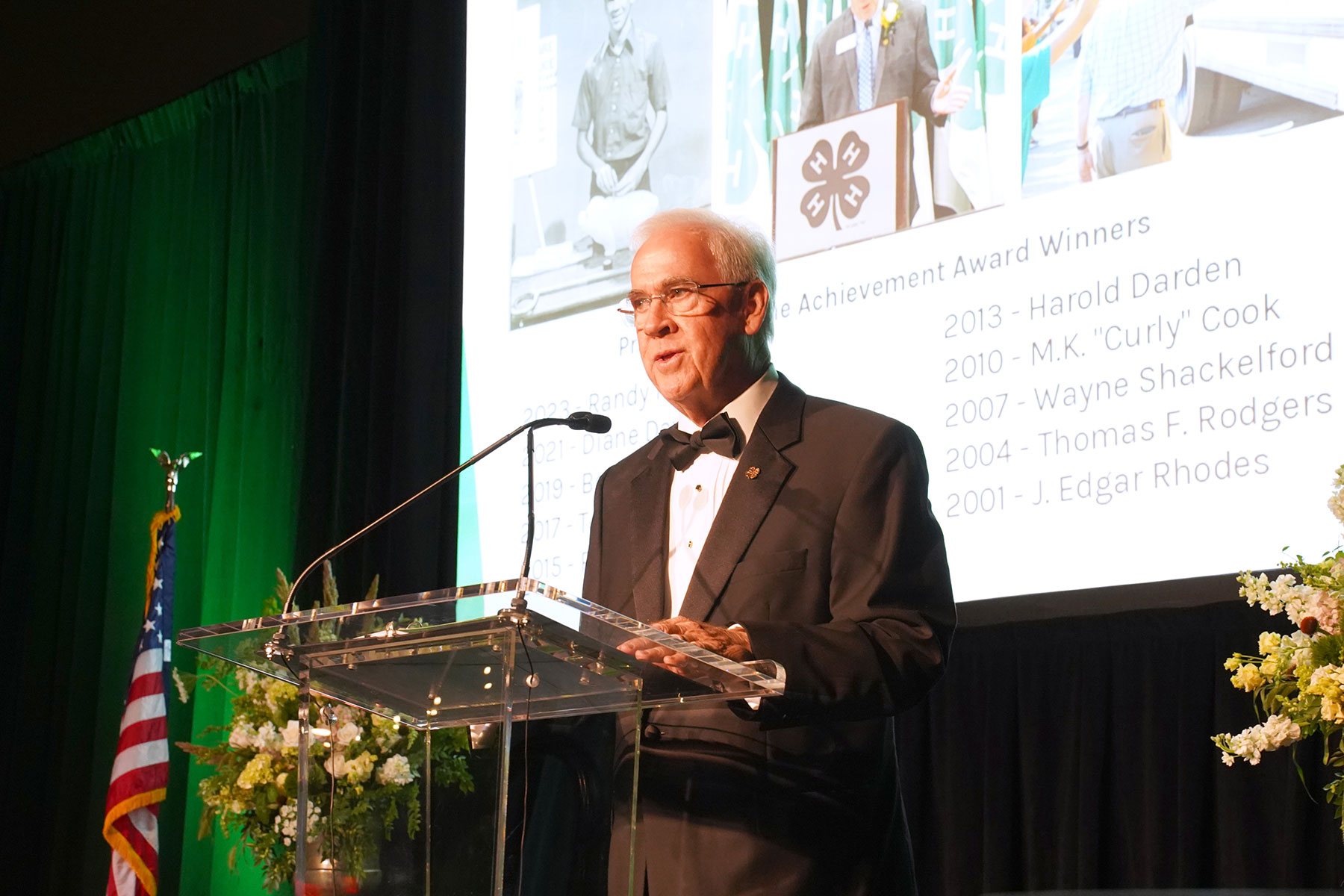Fall is an exciting time for gardening. It may be our last
chance to have fun in the
garden until next spring. Fortunately, we can garden
essentially year-round in Georgia.
However, fall is the ideal time for many activities.
Planting trees and
shrubs
In most of Georgia, fall is the best time to plant new trees
and shrubs in the yard.
The weather is cooling off, and this reduces water loss from
newly planted trees and
shrubs, which may not have extensive root systems. We generally
have enough moisture in
the fall and winter, too. So there is less stress on the
plants.
The other big advantage of fall planting is that the new
plant has several months to
establish a root system before we get into the hot, dry summer.
Most plants that don’t
survive the first year die of lack of water. Most of these die
in the summer.
Avoid First-year
Losses
You can avoid much of the normal first-year loss by planting
in the fall. First-year
growth will usually be greater, since fall-planted shrubs have
established root systems
and are ready to grow in the spring.Another advantage of fall planting is that it’s just more
pleasant for the gardener.Except in extreme north Georgia, you can generally plant
throughout the fall and
winter. But avoid planting in extreme cold weather.
Mulching
Fall is a good time to apply mulch to landscape beds. Mulch,
such as pine straw, is in
good supply at reasonable prices.Mulching in the fall can help prevent soil erosion from
winter rains. Pine straw is the
most widely used mulch because of aesthetics and cost. Other
materials that provide
satisfactory mulching include pine bark, hardwood bark and
compost.
Fertilizing
The relatively mild winter in most of Georgia means plants
will be metabolically
active. Even though we don’t see active growth, the plant is
still alive and needs energy.This means that most plants will respond positively to a
light application of
fertilizer in the fall. This will give plants added nutrients
necessary to overwinter in
good health. If you haven’t fertilized your plants since
spring, they would benefit from
fall fertilization.Apply about half the amount used in the spring. We don’t
want to stimulate new growth
in the fall, since the new growth would be subject to freeze
damage.If you wait until October or November to fertilize, the
plant will be dormant. There is
little chance of new growth then with a light application of
fertilizer.
Container
Gardening
We often think of container gardens for the spring and
summer. However, several annuals
will provide excellent color in the fall or winter.Several "summer" annuals do well in the fall, such
as impatiens, begonias,
coleus and geraniums. Winter annuals that provide great color
include pansies, violas and
dianthus.The summer annuals can provide color until frosts arrive.
Fall-planted winter annuals
will generally provide color through the winter and spring,
until the weather gets too
hot.




